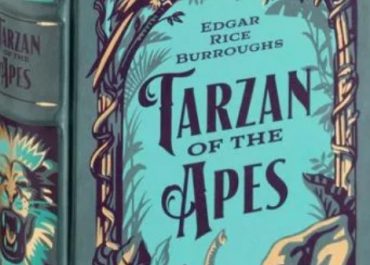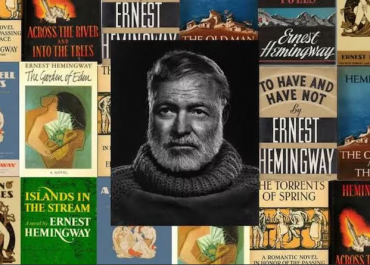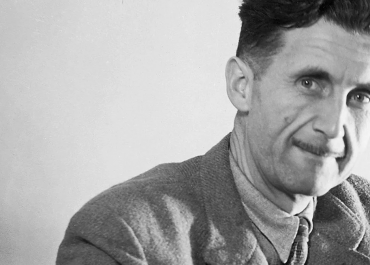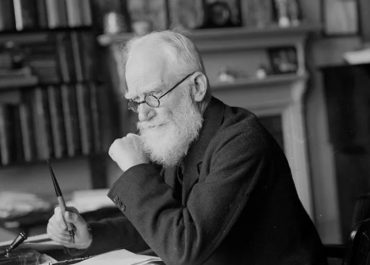
What is the difference between a copyright and a trademark?
You have created something and you want to protect it. But you’re not sure whether to copyright it or trademark it. Copyright and trademarks are two of the most frequently confused intellectual property rights. It is necessary to understand the difference.
Both offer IP protection, but the main difference is in defining what is being protected. They protect different types of assets. Copyright is directed to literary and artistic works, such as books and videos. A trademark protects elements that help identify a company’s brand, such as its logo or slogan.
Copyrights are used to protect an original creation which is fixed in a tangible medium of expression. Works which can be copyrighted include books, poems, plays, articles, works of art, sculptures, photographs, dances, musical compositions, television and radio broadcasts, computer software, architecture and designs. Basically, all of these works are creative and artistic. The copyright owner has right to control the reproduction, making of derivative works, distribution and public performance and display of the copyrighted works.
You can’t copyright names, symbols, slogans, logos and other items that identify and distinguish the product or company. You should trademark it. So you will have the right to use the mark and to prevent others from using similar marks in a way that can lead to confusion regarding the origin of the goods or services.
Copyright and trademark are both important tools that help provide protection from illegal use. Knowing the ways intellectual property protections work can help you make the most of your work.
So, copyright or trademark, what is right for you?





